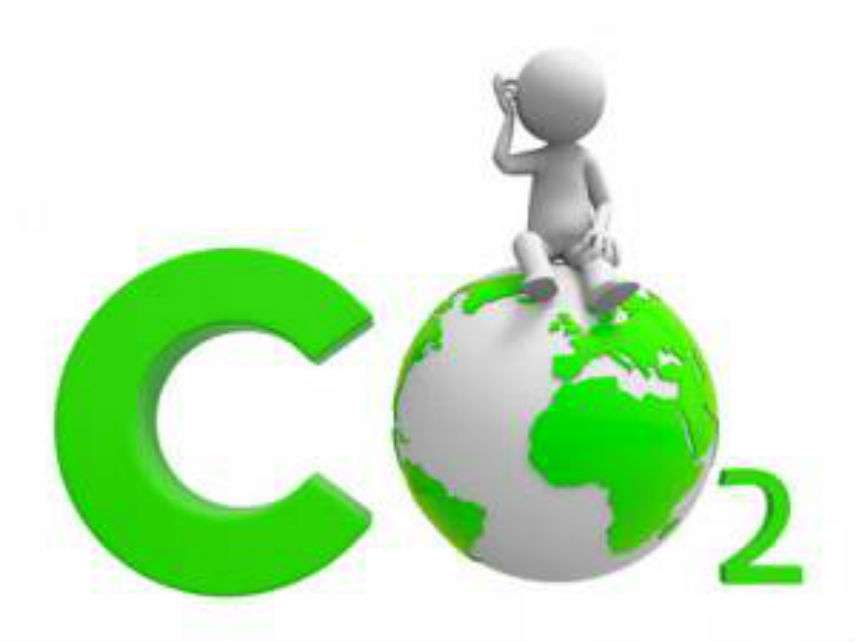What Would the Washington State Carbon Fee Initiative Really Accomplish?
Very little carbon reduction, lots of political patronage.

Voters in Washington State rejected an initiative in 2016 that would have created a carbon tax-and-rebate scheme. That initiative would have imposed a tax on carbon emitted from burning fossil fuels like gasoline, natural gas, and coal. None of the monies collected would have gone to the state government, but instead would have been rebated in the form of an annual check back to the citizens of the state. Proponents of the initiative crafted the tax plan with an eye toward attracting conservative voters with the promise that the state legislature and state bureaucracies would not be able to divert the tax monies away from the wallets of state residents.
The 2016 initiative failed, because it was opposed by most major environmental lobbyist groups (among other reasons). Why did environmental activists, who proclaim their deep concern over what they believe is the impending disaster of man-made global warming, oppose this effort to rein in carbon dioxide emissions? Because they didn't get a cut of the action.
Fast forward to today. On November 6, Washington State residents will have a chance to vote on a new Carbon Emissions Fee and Revenue Allocation Initiative, known as Initiative 1631. Under this initiative, the state would impose a "fee" on each ton of carbon dioxide emitted starting at $15 per ton in 2020, and rising each year by $2 until 2035, when it would reach $45 per ton. However, the initiative exempts major local industries with big export markets from the fee, including aircraft maker Boeing and aluminum smelter Alcoa, along with the Centralia coal-fired electric power plant, which is set to shut down in 2025. In would, however, apply to the state's five petroleum refineries.
Unlike the earlier proposal, this new initiative has the backing of most environmental lobbying groups. What's different? Instead of going back into the pocketbooks of citizens, this time the funds will be directed toward projects chosen by a new 15-member board of political appointees, over which environmental activist groups will exercise outsized influence. Seventy percent of the revenue is earmarked for renewable energy investment and public transit, 25 percent for water and forests, and 5 percent must go to communities both impacted by fossil fuels and those looking to transition away from them. It is estimated that the fee will generate $2.2 billion in revenues during its first five years.
How much would the fee cost Washingtonians? Environmentalist backers of the initiative lowball the costs at $10 a month for the average household. NERA Economic Consulting puts the worst-case annual cost at $440 for the average household in 2020, rising to over $900 in 2035. Rob Williams, a carbon pricing expert at Resources for the Future, told the Seattle Times that he estimates the cost per household at about $300 per year.
The battle over the carbon fee initiative is fierce. The Nature Conservancy, the League of Conservation Voters, Bill Gates, Michael Bloomberg, Tom Steyer, and their allies have spent $15.2 million on the campaign. Opponents, led by the Western States Petroleum Association, have raised $31.2 million from oil companies and business groups to oppose the measure. A recent poll reports that 50 percent of voters approve of the initiative, 36 percent are opposed, and 14 percent are still undecided.
Climate change could become a significant problem for humanity as the century unfolds. So how much would Washington State's carbon fee impact this global commons problem? The state emits 76 million metric tons of carbon dioxide annually. The U.S. will emit about 5,260 million metric tons this year. If Washington State were to entirely eliminate its emissions, that would reduce U.S. emissions by 1.4 percent. Humanity emitted about 36,000 million metric tons last year. Entirely eliminating Washington State's contribution would reduce global emissions by 0.2 percent.
Washington State's actual goal is to reduce, by 2035, its emissions by 25 percent below their levels in 1990. It emitted about 88 million metric tons that year, so that implies a reduction of around 22 million tons by 2035. Assuming today's emissions, that would mean that Washington State's planned reductions would amount to 0.42 percent and 0.06 percent of U.S. and global emissions respectively.
One estimate by the Puget Sound Clean Air Agency calculated that the impact of the carbon fee initiative would be the equivalent of removing about 200,000 cars from the roads between 2020 and 2035. An average American automobile emits about 4.6 tons of carbon dioxide annually. Assuming that is sustained, that would amount to reduction of just under 1 million tons of carbon dioxide annually; in other words, a negligible reduction with respect to the problem that it purports to help solve.
Of course, supporters will say that the journey of a billion tons begins with the first million; but given the earlier history one might be forgiven for thinking that the backers of the current proposal killed a more effective one in 2016 just because they wanted to get their hands on some fee revenues with which to pursue their pet projects and reward their political friends.


Show Comments (51)